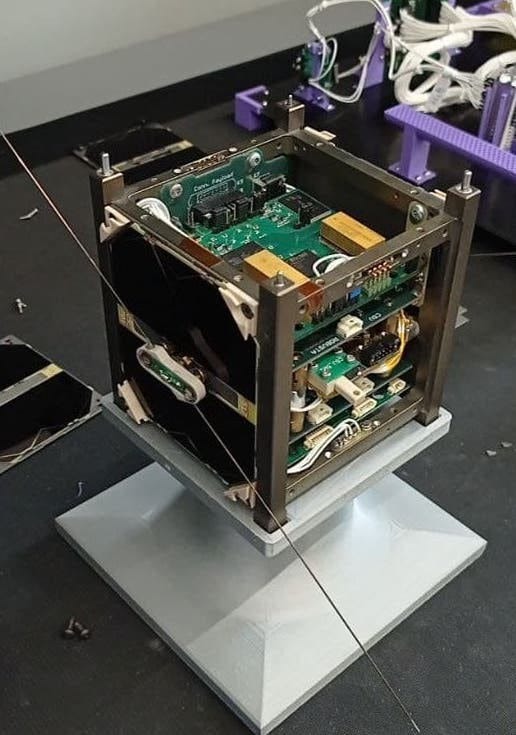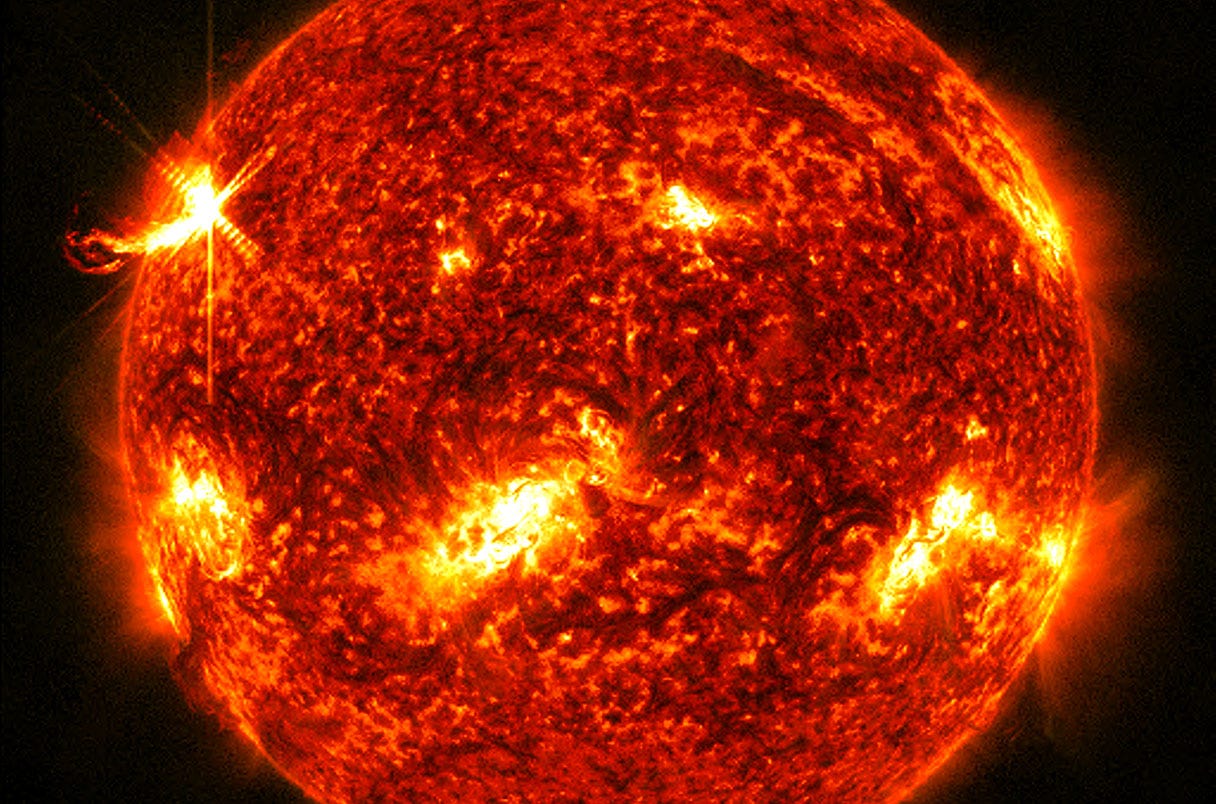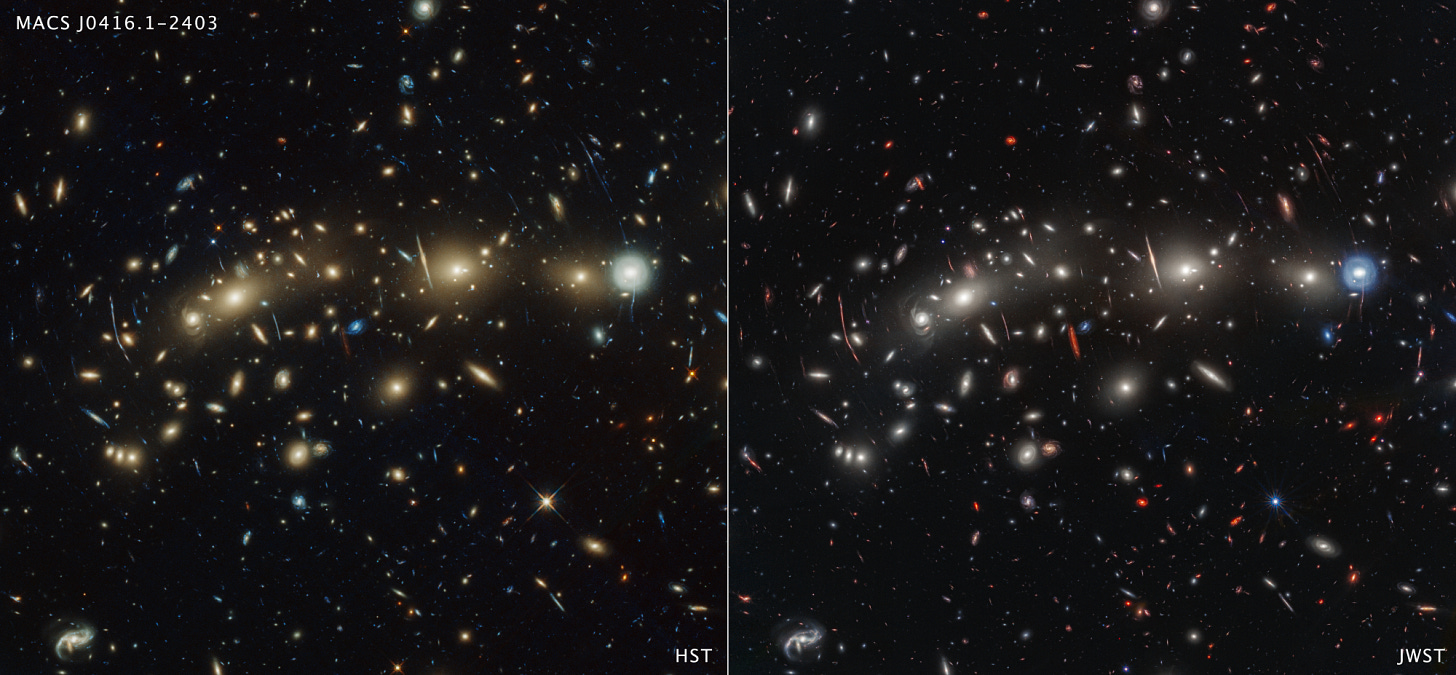Weekly - Hubble and Webb combine data to create insightful view of merging clusters and more
Weekly Space News - Quick and Easy
Djibouti launches its first satellite
Last week, the Republic of Djibouti, a small country in Africa with less than 1.2 million population, successfully launched their first ever satellite into space. The satellite Djibouti 1A (a weather satellite) was built by Djibouti and launched by SpaceX. The launch took place from the Vandenberg Space Force Base in the USA.
Aditya-L1 captures initial phase of solar flares
ISRO’s Aditya-L1 solar mission recently captured the initial phase of the sun’s flares. Every flare formed on the sun’s surface goes through a cycle of phases: First, the precursor phase involves the release of energy in the form of magnetic disturbances. Second, the impulsive phase sees a sudden increase in radiation. Finally, the decay phase involves a gradual decrease in the released energy. The Aditya-L1 craft captured and recorded a solar flare in its impulsive stage during its first observation period. The spacecraft is still on its way to the Lagrangian Point -1.
Hubble and Webb combine data to create insightful view of merging clusters
Scientists around the world have been trying to get a detailed view of the MACS0416 for years. The MACS0416 are a pair of colliding galaxy clusters that will later merge to form a larger galaxy cluster in a few million years. This is why NASA decided to combine the powers of the James Webb Space Telescope and the Hubble Space Telescope - 2 of the best telescopes in space. The visible wavelength data was collected from Hubble and combined with the infrared data from Webb. The result was a highly insightful mass of data that could help scientists around the world to find a whole lot of answers to the mysteries of galaxy cluster formation, the age of early galaxies and more.




